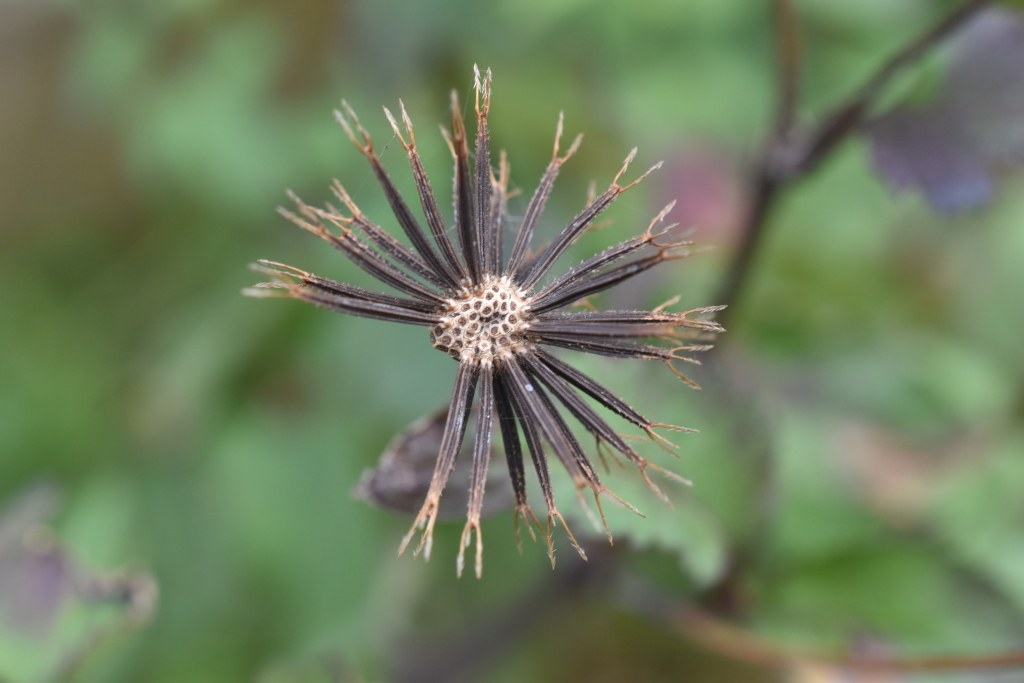Bidens
Annual or perennial herbs or subshrubs. Leaves opposite (rarely whorled), sessile or petiolate, simple, lobed or compound. Capitula narrow-ovoid or hemispherical, in loose terminal cymes or solitary, long-pedunculate; involucral bracts 2-seriate, outer ones herbaceous, inner ones with membranous margins, reflexed in fruit; receptacle flat to slightly convex, pitted, with narrow caducous scales. Ray florets few or absent, sterile or female, ligulate, crimson, pink, orange, yellow or white. Disc florets numerous, bisexual, tubular; corolla funnel-shaped, (4–)5-lobed, yellow or greenish; anthers obtuse to minutely sagittate at base, apex with a triangular appendage; style bilobed, branches linear with a terminal subulate appendage. Cypselas linear to ellipsoid, compressed or 3–5-angled, ribbed, sometimes winged; pappus of 2–4 retrorsely barbed awns, sometimes absent.
A genus 230–280 species, from tropical and warm temperate regions, particularly North and South America; 6 species naturalised in Australia.
Willis (1973) notes the appearance of Bidens subalternans DC. (Greater Beggar’s Ticks) at Yarrawonga in March 1970, but no specimens have been found to substantiate this occurence or the correct identification of the plants. A self-established plant that appears to be Bidens subalternans was collected from a garden at Anglesea in February 2017, but the species is currently not considered part of the Victorian naturalised flora. Bidens subalternans is very similar to B. pilosa (see key to species for differences).
Jeanes, J.A. (1999). Asteraceae. In: Walsh, N.G.; Entwisle, T.J., Flora of Victoria Vol. 4, Cornaceae to Asteraceae, pp. 652–666. Inkata Press, Melbourne.
 Spinning
SpinningWillis, J.H. (1973). A handbook to plants in Victoria. Melbourne University Press, Carlton.




